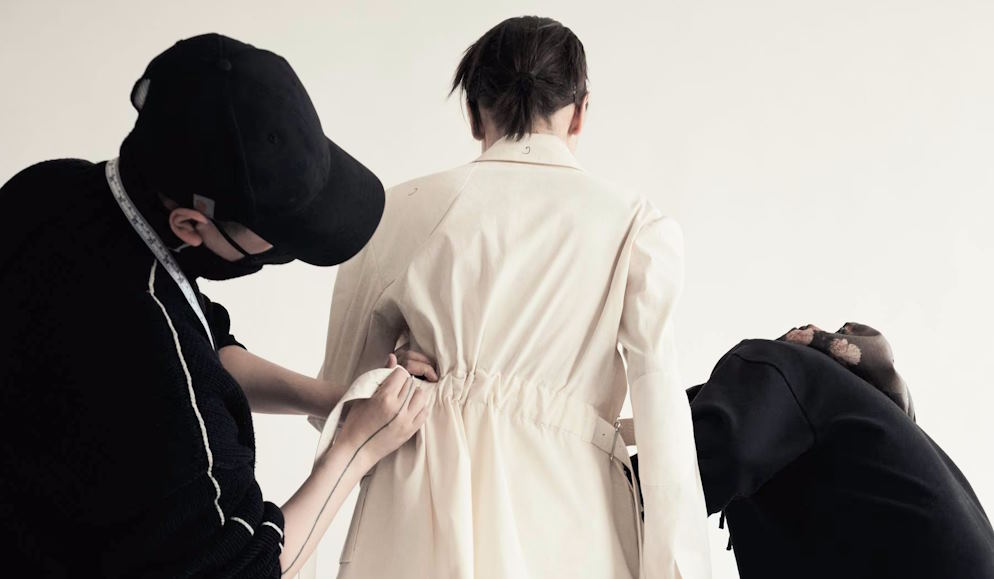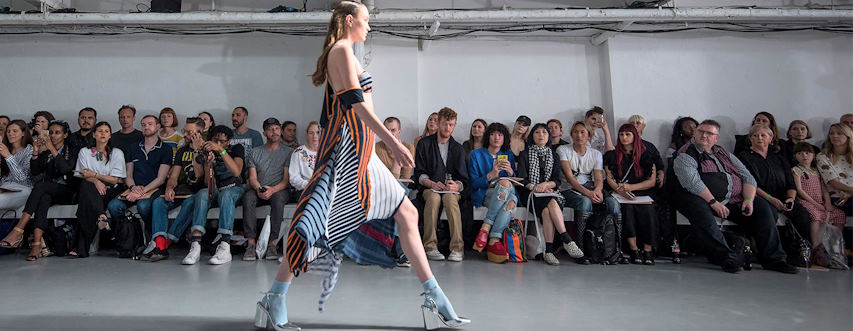From grand runway spectacles to industry expos, these events have transcended their traditional roles, becoming significant drivers of economic growth and revenue generation within the fashion industry. By exploring diverse strategies employed by event organizers to capitalize on their potential, as well as the challenges they face, we uncover the intricate interplay between artistry, business, and the modern fashion event landscape.
Economic Impact of Fashion Events
Fashion events are not just glamorous showcases of style and creativity; they wield significant economic influence, breathing life into local economies and driving revenue streams. Here’s a closer look at how these events contribute to economic growth and generate revenue:
Boosting Local Economies
- Hospitality and Tourism Influx: Fashion events draw attendees from around the world, resulting in increased demand for accommodations, transportation, and other hospitality services. Host cities experience a surge in hotel bookings, restaurants bustling with fashion enthusiasts, and local attractions benefitting from heightened tourism.
- Retail and Dining Sectors: Beyond the event itself, local retailers often collaborate to create themed collections or offer promotions during these periods, encouraging increased consumer spending. Similarly, the dining scene flourishes as attendees explore local eateries, creating a ripple effect of economic activity.
Job Creation and Employment Opportunities
- Designers, Models, Stylists, Makeup Artists: Fashion events are intricate productions that require a diverse range of talents. Designers present their creations, models showcase them, and a team of stylists and makeup artists work behind the scenes. These events provide job opportunities for professionals across various creative fields.
- Event Production and Management: The orchestration of a fashion event involves event planners, production crews, technicians, security personnel, and more. This labor-intensive process generates employment and bolsters event-related industries.
Increased Revenue Streams
- Ticket Sales and Entry Fees: Fashion events often offer different ticket tiers, catering to a wide range of attendees. From general admission to VIP packages, these sales contribute directly to event revenue, enabling organizers to enhance the event experience.
- Sponsorships and Partnerships: Brands and businesses recognize the exposure and engagement that fashion events offer. Sponsorships and partnerships inject additional revenue as companies collaborate to have their products or services featured, leveraging the event’s platform to reach a targeted audience.
Revenue Generation Strategies
Fashion events aren’t just about style; they’re also about strategy, especially when it comes to generating revenue. Let’s explore some key approaches that event organizers employ to maximize their earnings:
Ticketing and Attendance
- Tiered Ticket Pricing: To cater to diverse audiences, fashion events often offer tiered ticket pricing. From general admission to premium seats, these options provide attendees with a range of choices based on their preferences and budgets, contributing to overall ticket sales.
- VIP Experiences and Packages: Exclusive VIP experiences have become a staple in fashion events. These packages offer attendees special privileges like early access, backstage tours, and meet-and-greets with designers or models. These premium offerings not only command higher prices but also enhance the overall event experience.
Sponsorship and Brand Collaborations
- Benefits for Brands in Terms of Exposure: Fashion events draw a concentrated audience of fashion enthusiasts, influencers, and media. Brands recognize this captive audience and often engage in sponsorships or collaborations to showcase their products and gain exposure. These partnerships not only generate revenue for the event but also create a win-win situation for both the event and the brands involved.
- Tailored Experiences for Attendees: Brands can enhance attendee experiences by curating interactive spaces or activations within the event. From photo booths to product showcases, these experiential touchpoints not only engage attendees but also open doors for potential sales and collaborations.
Merchandising and Product Sales
- Pop-Up Shops and Merchandise Booths: Fashion events create the perfect platform for merchandising. Designers, brands, and even event organizers set up pop-up shops or merchandise booths to sell clothing, accessories, and event-specific items. Attendees are often keen to purchase mementos, and these sales contribute significantly to event revenue.
- Limited Edition Collections and Exclusives: Creating a sense of urgency and exclusivity, fashion events often feature limited edition collections or products that are only available during the event. This scarcity drives higher demand and premium pricing, encouraging attendees to make on-the-spot purchases.


